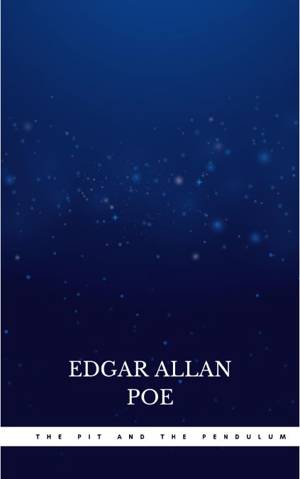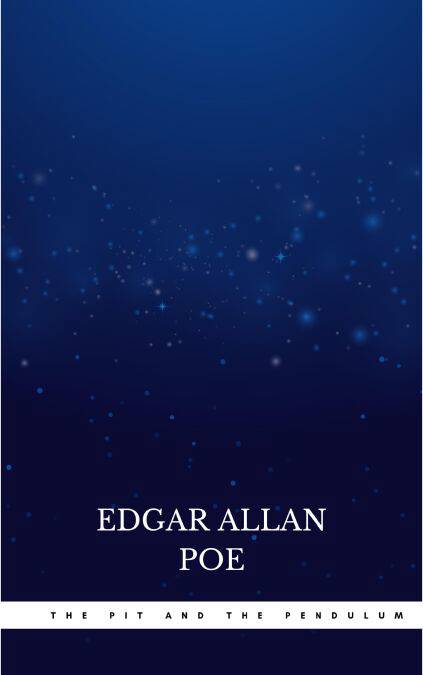
- Afhalen na 1 uur in een winkel met voorraad
- Gratis thuislevering in België vanaf € 30
- Ruim aanbod met 7 miljoen producten
- Afhalen na 1 uur in een winkel met voorraad
- Gratis thuislevering in België vanaf € 30
- Ruim aanbod met 7 miljoen producten
Zoeken
Omschrijving
The Pit and the Pendulum" is a short story written by Edgar Allan Poe and first published in 1842. The story is about the torments endured by a prisoner of the Spanish Inquisition, though Poe skews historical facts. The narrator of the story is deemed guilty for an unnamed crime and put into a completely dark room. He passes out while trying to determine the size of the room. When he wakes up, he realizes there is a large, deep pit in the middle of the room. He loses consciousness again and awakens strapped on his back, unable to move more than his head. He soon realizes there is a large blade-like pendulum hanging above him, slowly getting closer to cutting through his chest. He finds a way to escape but the walls of his prison start to move and close in on him, pushing him closer and closer to falling into the pit.
The story is especially effective at inspiring fear in the reader because of its heavy focus on the senses, such as sound, emphasizing its reality, unlike many of Poe's stories which are aided by the supernatural. The traditional elements established in popular horror tales at the time are followed but critical reception has been mixed.
The story is especially effective at inspiring fear in the reader because of its heavy focus on the senses, such as sound, emphasizing its reality, unlike many of Poe's stories which are aided by the supernatural. The traditional elements established in popular horror tales at the time are followed but critical reception has been mixed.
Specificaties
Betrokkenen
- Auteur(s):
- Uitgeverij:
Inhoud
- Aantal bladzijden:
- 200
- Taal:
- Engels
Eigenschappen
- Productcode (EAN):
- 9782291031093
- Verschijningsdatum:
- 23/05/2018
- Uitvoering:
- E-book
- Beveiligd met:
- Digital watermarking
- Formaat:
- ePub

Alleen bij Standaard Boekhandel
Beoordelingen
We publiceren alleen reviews die voldoen aan de voorwaarden voor reviews. Bekijk onze voorwaarden voor reviews.









